They say the more colorful your plate, the healthier your body — and when it comes to fruits, that’s advice worth following. Each hue brings its own set of nutrients, flavors, and surprises. Among these, yellow fruits stand out with their sunny glow and health-boosting potential. But beyond the usual bananas and mangoes lies a more curious category: yellow berries.
These bright little gems may be sweet, tart, or even tangy, but they all share one thing in common — they catch the eye and nourish the body. Whether you’re foraging in the wild, browsing a farmer’s market, or planning a vibrant fruit platter, yellow berries deserve a spot in your basket.
So let’s dive into the golden world of 10 yellow berries you might just want to taste, grow, or add to your next rainbow plate.
1. Cape Gooseberries
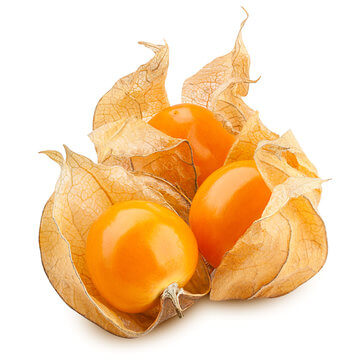
Tucked inside delicate papery husks like little lanterns, Cape gooseberries are a forager’s golden prize. Also known as goldenberries or ground cherries, these small, vibrant yellow-orange fruits grow low to the ground and are often found at the edge of gardens, along trails, or in disturbed soil. Their flavor is a perfect mix of sweet and tart with tropical hints of pineapple and citrus — making them a delightful trail snack or an unexpected treat in wild jams or chutneys.
Rich in vitamin C, beta-carotene, and antioxidants, Cape gooseberries aren’t just tasty — they’re also a nutritional boost in the wild. The husks, however, must be peeled away before eating, and unripe fruits should be avoided, as they may contain solanine (a natural toxin). When ripe and ready, their bright glow and crisp pop make them an unforgettable berry in both flavor and form.
2. Sea Buckthorn Berry

A true survivor’s berry, sea buckthorn thrives in some of the harshest environments — from dry sandy coasts to mountainous terrain. Its thorny branches make harvesting a bit of a challenge, but the reward is well worth it: small, glowing orange-yellow berries that are packed with more vitamin C than oranges, plus omega-7 fatty acids, rare in plant sources.
These tart, oily berries are rarely eaten raw due to their sour punch, but they shine in juices, syrups, and medicinal tonics. For foragers, sea buckthorn is a powerhouse plant: it stabilizes soil, supports pollinators, and provides a nutrient-rich food source when options are limited. In survival scenarios, the berry’s oil is also prized for skin repair and immune support.
3. Cloudberry
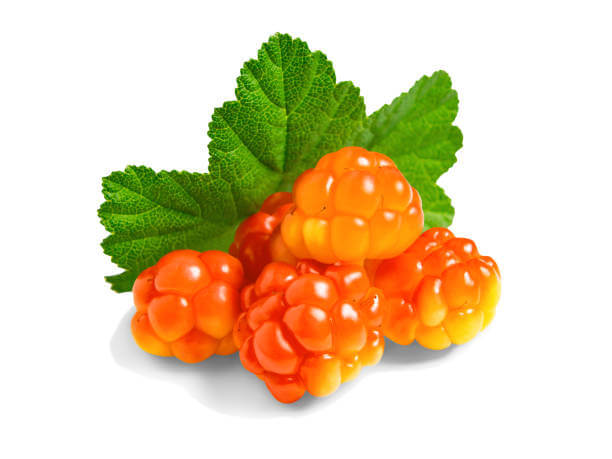
Elusive, ethereal, and often called the “gold of the Arctic,” cloudberries are treasured in Nordic and boreal regions. They look like golden raspberries and grow in peat bogs, tundras, and mossy alpine meadows — often where few other berries dare to thrive.
Their flavor is subtly sweet and slightly tangy, reminiscent of apricot with a creamy finish. Highly perishable, cloudberries are best consumed fresh in the field or preserved into traditional jams and syrups. For survivalists and arctic foragers, cloudberries are a rare burst of sunshine in a cold and harsh landscape, rich in vitamin C, iron, and ellagic acid — making them both a delicacy and a natural medicine.
4. Golden Currant
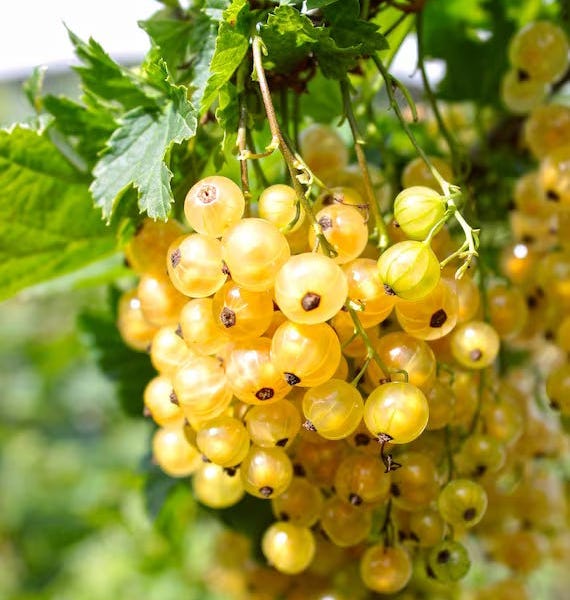
Often found along streams, woodland edges, or old homesteads in North America, yellow currants offer a tart, citrusy bite and are easily overlooked in favor of their red or black cousins. But don’t let their subtle color fool you — these berries are not only edible but also rich in vitamin C and flavonoids.
Golden currants grow in clusters and ripen to a soft golden hue. Their flavor varies from sharp to mildly sweet depending on variety and ripeness. Foragers should keep in mind that currant leaves and flowers are also aromatic and sometimes used in teas or traditional remedies. These shrubs are hardy, drought-tolerant, and beloved by birds — so act fast during the season!
5. Pyracantha Hedge Berries (Firethorn – Pyracantha species)
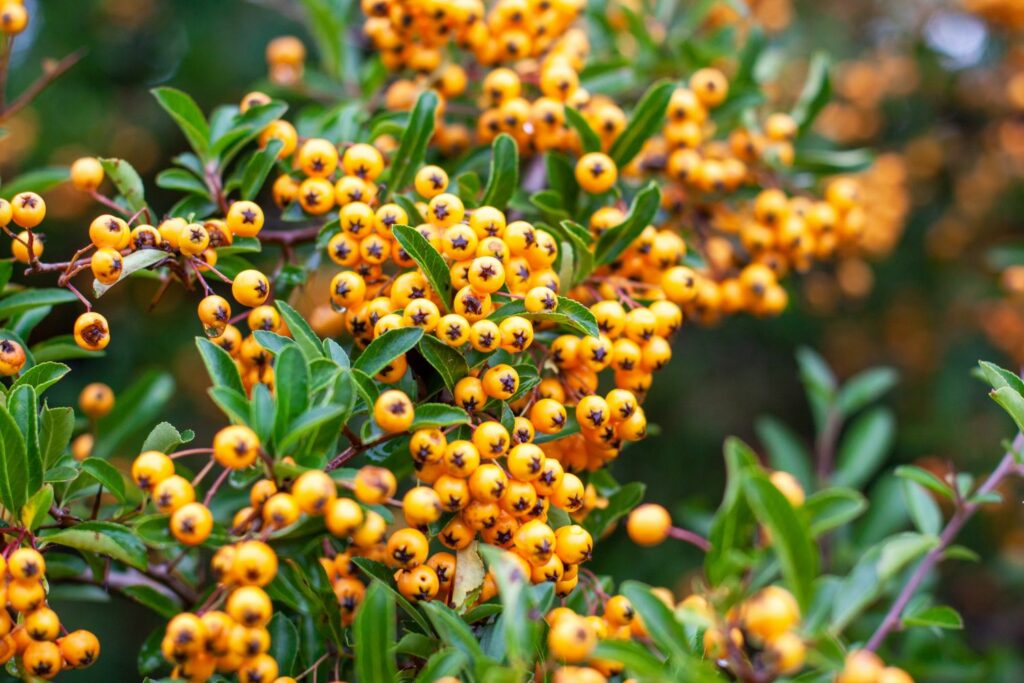
If you’ve ever walked past a thick, thorny hedge ablaze with bright berries, chances are it was Pyracantha, commonly called firethorn. Though often used ornamentally, some pyracantha varieties produce yellow berries alongside more common orange and red ones.
These berries are not eaten raw — they’re astringent and mildly toxic until cooked. However, once simmered and sweetened, they can be transformed into jellies, syrups, or survival preserves. For foragers, pyracantha hedges are a mixed blessing: their brutal thorns require caution, but their dense branches offer winter sustenance when little else is available — both to humans (if prepared correctly) and wildlife alike.
6. Yellow Wonder Alpine Strawberry

The Yellow Wonder Alpine strawberry is a cultivated variety of the wild woodland strawberry, known for its intense, candy-sweet taste and fragrant aroma. Though not common in the wild, this berry is popular among permaculture growers and foragers who cultivate wild-style gardens. Its yellow color helps it escape the notice of birds, giving fruit lovers a better chance at harvest. Perfect for trail nibbling or gourmet garnishes, these strawberries are also high in antioxidants and flavonoids, despite their unusual color.
7. Yellow Himalayan Raspberry
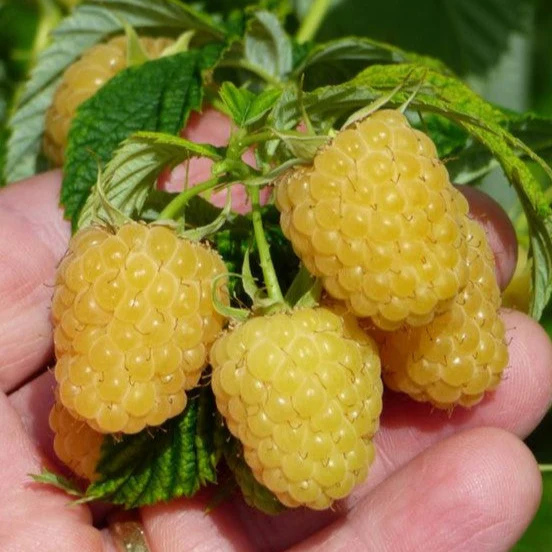
Found in the lower Himalayan foothills and other parts of South and Southeast Asia, the Yellow Himalayan Raspberry is a bright golden-yellow fruit nestled among thorny bushes. It resembles a traditional raspberry in shape but stands out with its sunny hue.
Wild, juicy, and often underestimated, this berry is rich in antioxidants and has long been used in folk medicine for digestive and respiratory issues. The plant’s leaves also have medicinal uses. Foragers will find them along hillsides, forest trails, and village edges — but be wary of sharp thorns. When ripe, the berries are mildly sweet and refreshing, making them ideal for fresh eating or natural trail hydration.
8. Golden Dewdrop
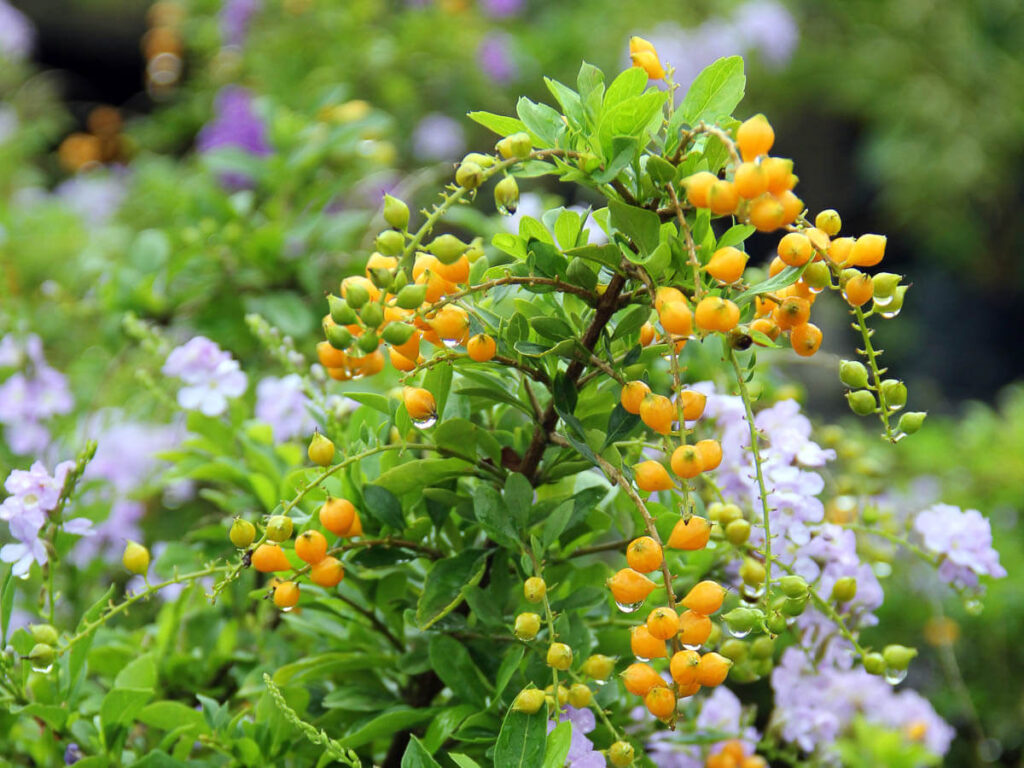
Though its name sounds delightful, Golden Dewdrop is one berry best admired but not consumed. This ornamental shrub bears eye-catching clusters of yellow-golden berries that hang like jewels from the branches. It’s often grown for its bright contrast between purple flowers and golden fruits.
However, the berries are toxic to humans and pets — a fact that survivalists and wild-food foragers should keep in mind. While birds may feast on them without issue, people should resist the temptation. That said, the plant has traditional uses in some cultures for non-edible purposes and remains a striking sight in tropical and subtropical landscapes.
9. Gold Coffee Berries
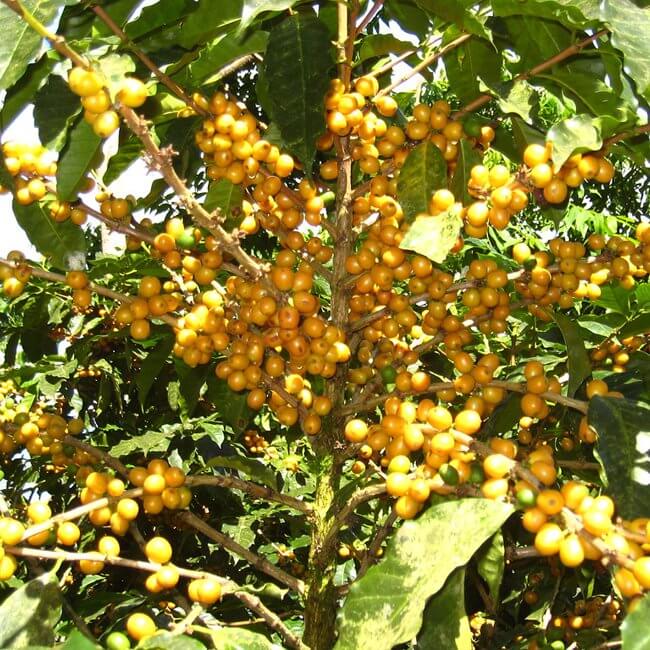
Most people are familiar with red coffee cherries, but yellow coffee berries are a lesser-known variant cultivated in specialty farms. These berries contain the same prized coffee beans inside, but the yellow color can indicate slightly different flavor notes in the roasted bean — often milder, brighter, or fruitier.
While not typically foraged in the wild, knowing about yellow coffee cherries offers insight into the diversity of fruiting plants even in cultivated systems. The outer berry is technically edible but mucilaginous and not commonly eaten. Still, for fruit lovers and plant explorers, this variation in color adds to the rich world of yellow-berried species.
10. Silver Buffaloberry (Shepherdia argentea)
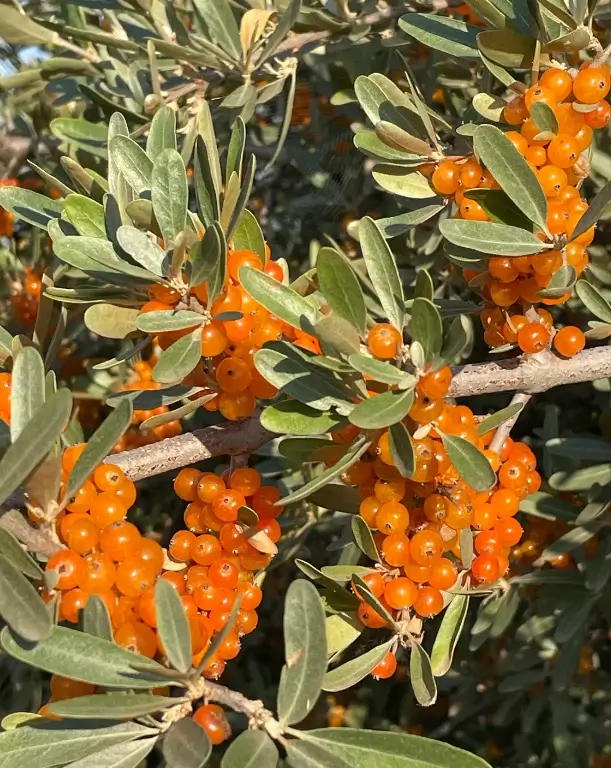
Don’t let the name fool you — some buffaloberry shrubs produce pale yellow to silvery-golden berries, especially in arid or high-plains environments. These hardy plants are drought-resistant, nitrogen-fixing, and found across parts of North America in open prairies and badlands.
The berries are very tart and often puckeringly sour, but they are edible and have traditionally been used by Indigenous peoples for medicinal tonics, sauces, and survival foods. They contain saponins, which can foam when whipped into a “buffalo berry pudding” — a unique treat known for both nutrition and tradition.
